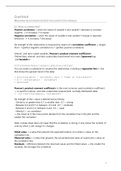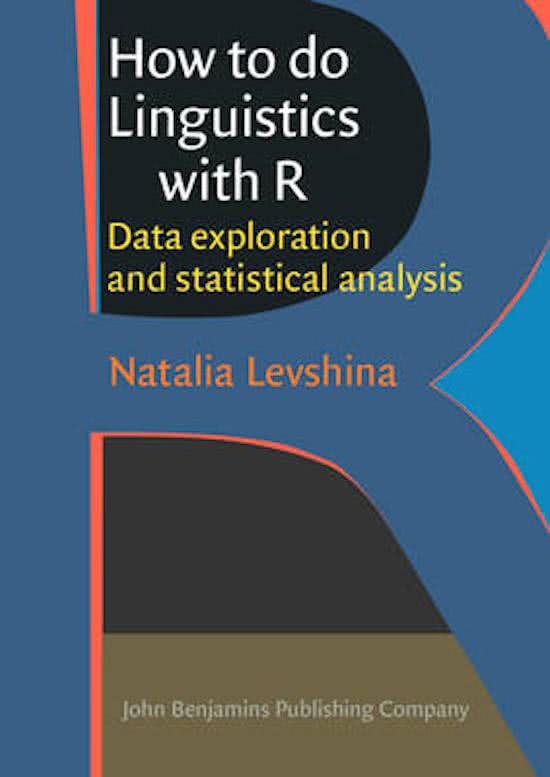Summary
Summary How to do Linguistics with R - Natalia Levshina, Chap. 6, 7, 8, 12, 13
- Course
- Institution
- Book
Summary of the book How to do Linguistics with R from author Natalia Levshina. Summary contains chapters 6, 7, 8, 12, 13, and a small summary of Baayen Chapter 7.1. Note: this summary is created for the course Statistics II from the bachelor Communication and Information Science and Informatiekunde...
[Show more]




